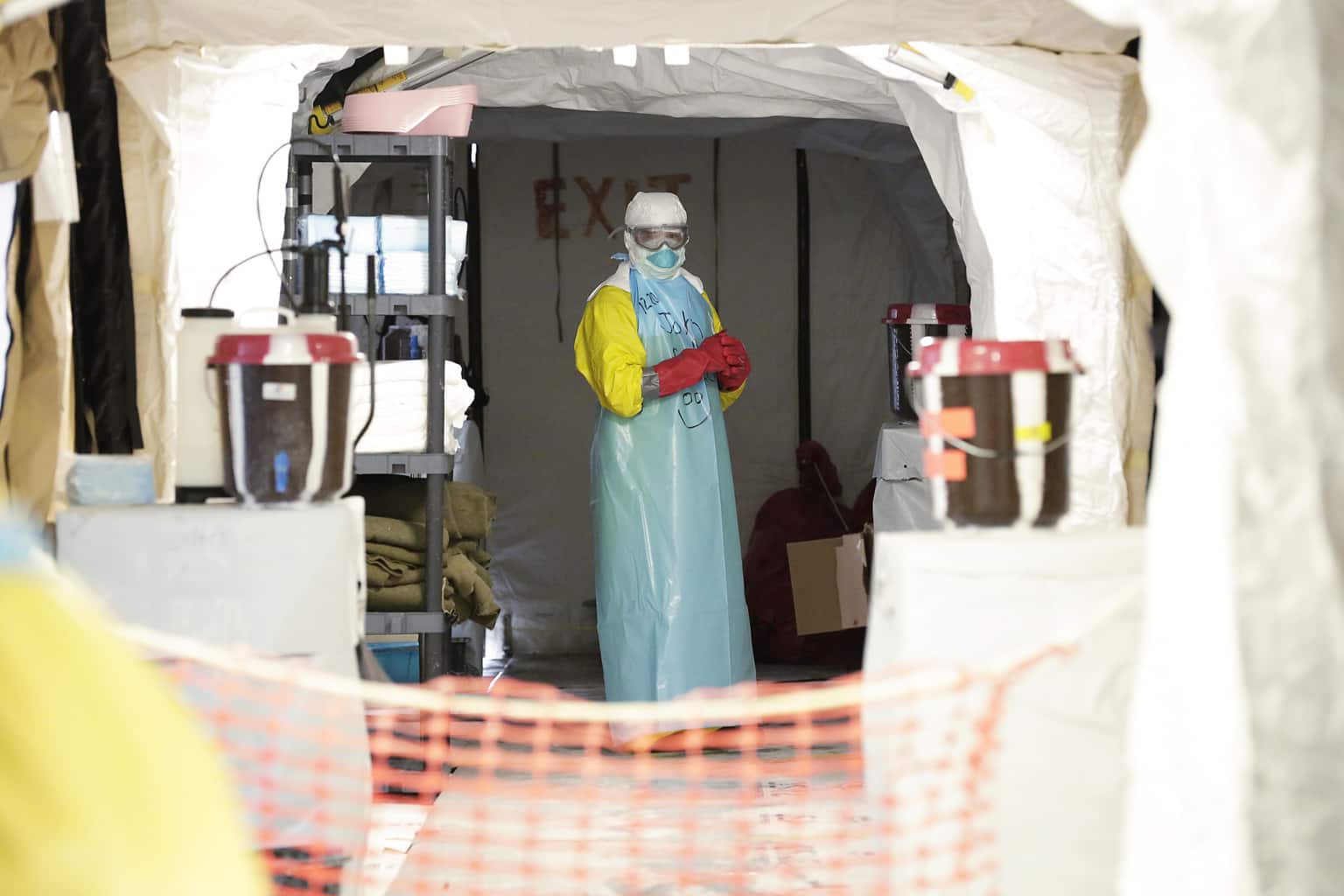
Prompt: Students were asked to design a flipped lesson and then write a blog post that showcases their flipped lesson and reaction to designing it.
Using the lesson creation tool from TedEd and a VICE News video, I created a “flipped” lesson on the West Africa Ebola outbreak for hypothetical high school students. The video and questions are designed to quickly introduce students to some of the major obstacles that faced health workers, governments, and ordinary West Africans at the height of the epidemic. The knowledge that students would gain in the course of viewing the video would inform the next day’s in-class discussions of the crisis and the world’s response to it.
From a technical standpoint, creating a flipped lesson using TedEd was a surprisingly straightforward process. It was very easy to include the scaffolding necessary to support students’ full engagement with the selected content using the built-in questions features. Careful use of guiding questions is key to successfully directing students’ attention to the most important details of a video that they are viewing outside the classroom setting.
The most obvious potential problem with “flipping” lessons is the possibility that students simply won’t actually view or consume the content. That is to say that there is some risk that, in attempting to “off-load” knowledge acquisition to non-class time, it becomes difficult for teachers to ensure that knowledge acquisition takes place at all. There are strategies teachers can use to try and prevent this (e.g. making student responses to the in-video questions a formal assignment), but I think that discovering the best approach to mitigating this risk may require some trial and error on my part.
I am intrigued by the notion of the flipped classroom. Instructional time is very limited and I am certain that tools like TedEd can help teachers use their time with students more productively. I also like how easily teachers can scaffold students’ experience interacting with material by pairing video content with questions; in addition to supporting students’ experience with , these questions have the potential to generate useful data for teachers in real-time. I look forward to using flipping strategies in my classroom.
